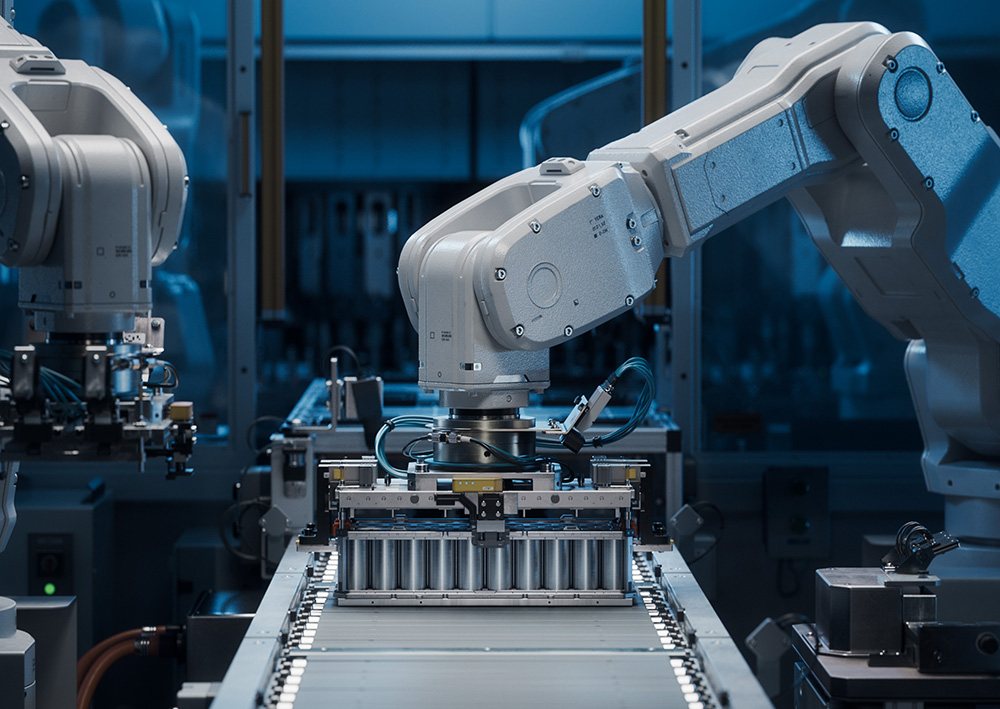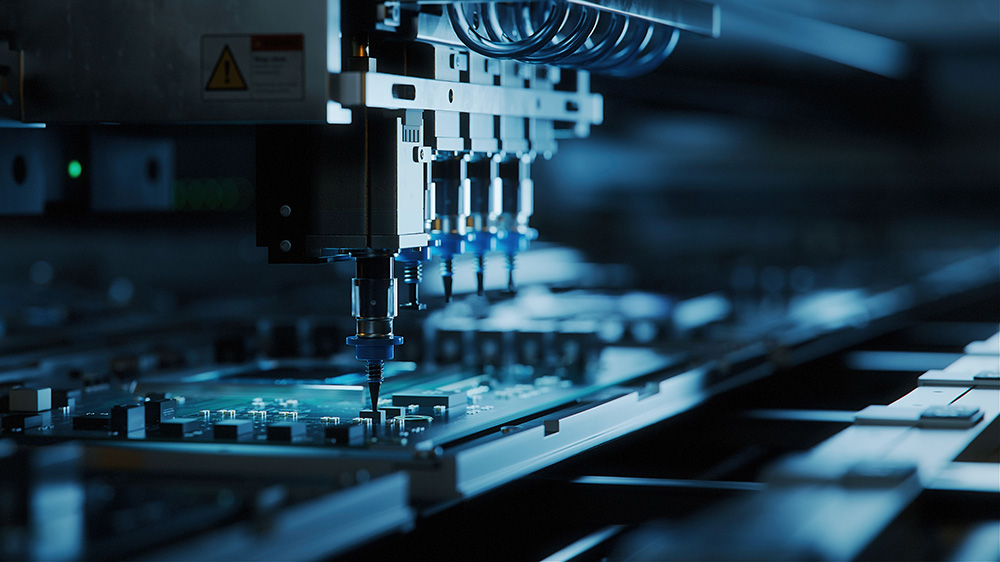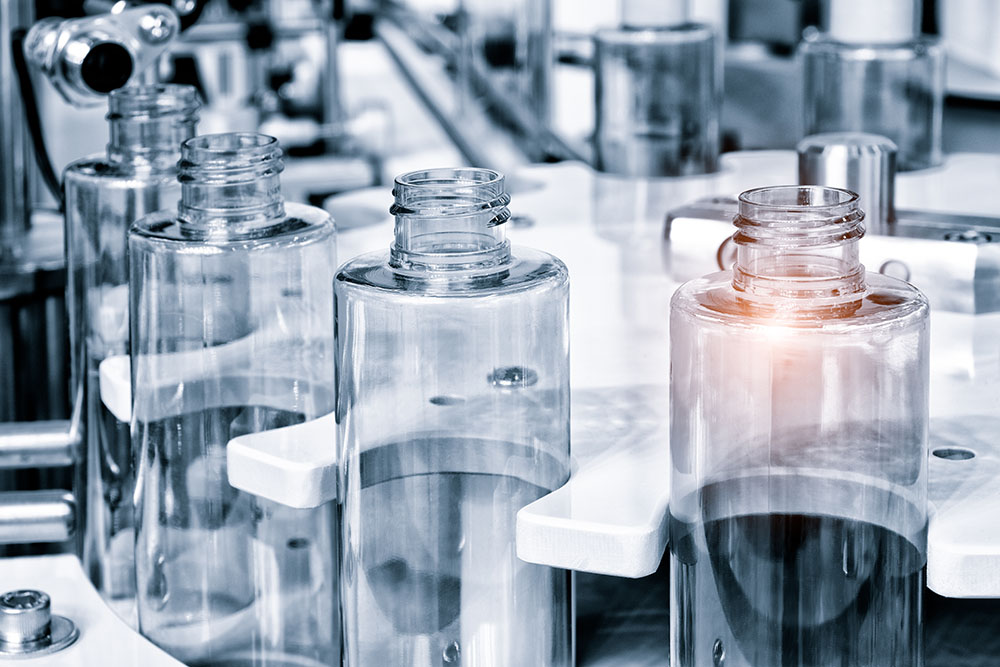Medical robotics has revolutionized the healthcare industry, offering enhanced precision, efficiency, and improved patient outcomes.
Manufacturing processes in medical robotics involve several key steps, including design, prototyping, fabrication, assembly, testing, and quality control.
Here’s an overview of these processes:
The first step in manufacturing medical robotics involves designing the robot’s components and systems.
This includes mechanical design, electrical design, and software development.
CAD (Computer-Aided Design) software is commonly used to create 3D models of the robot and its various parts. Importing the Design CAD model into WizGen generates assembly, disassembly, rework manufacturing instructions at early stage, automatically keeps that manufacturing processes updated.


Once the design phase is complete, prototypes of the robot are built to test and refine its functionality.
Prototyping can involve rapid prototyping techniques such as 3D printing, which allows for quick iteration and modification of design concepts.
WizGen manufacturing processes are topped with engineering knowledge such as tools, materials, jig’s and checked for completeness’s, and correctness.
Generating a complete and validated engineering data base for production fault isolation and maintenance.
After the prototype is validated, the fabrication process begins.
It involves manufacturing the robot’s components using different techniques and materials.
Various fabrication methods may be employed, such as CNC (Computer Numerical Control) machining, injection molding, laser cutting, or additive manufacturing (e.g., 3D printing) depending on the specific requirements of the robot.
Uploading the production processes generated in WizGen to WizShield applying atomic steps that can be matched to their predicted results improving manufacturing time enhances the first-time yields (FTY).


Once the individual components are fabricated, they are assembled to create the complete medical robot. This step involves integrating mechanical parts, electronic components, sensors, actuators, and any other necessary elements.
Assembly may be done manually or through automated processes.
WizShield tracks the assembly and test of all components to provide a QA approval of the robot.
Medical robots must comply with strict regulatory requirements, such as those set by the Food and Drug Administration (FDA) in the United States or similar authorities in other countries. Manufacturers must ensure their robots meet the necessary safety and performance standards, and documentation needs to be prepared for regulatory submission.
Integrating WizSuite into the design and manufacturing processes generates complete and validated manufacturing processes “WizGen” and complete test and QA reports of each manufacturing process “WizShield” reduces time to acknowledge the FDA this time to market is reduced dramatically.
Once the medical robots are manufactured and tested, they are packaged in a suitable manner to ensure their safe transportation and storage.
Depending on the intended use, some robots may require sterilization to maintain a sterile environment during surgical procedures.
WizGen generates the packing instructions which are followed by WizShield upon production and QA is complete, makes sure that the packing is done in a consistent form automatically preparing the unpack, assembly and test before installing in the surgery room.


Scheduled maintenance involves routine inspections and servicing at specified intervals.
This includes checks of systems, structures, engines, and other components to ensure they are functioning properly and within acceptable limits.
Regular maintenance tasks may include lubrication, filter replacement, fluid checks, and system functional tests.
Integrating WizShield tracks the different steps and alerts for any maintenance procedure that should be performed, Using WizOpt will maximize operation time of each robot component.

visibility_offDisable flashes
titleMark headings
settingsBackground Color
zoom_outZoom out
zoom_inZoom in
remove_circle_outlineDecrease font
add_circle_outlineIncrease font
spellcheckReadable font
brightness_highBright contrast
brightness_lowDark contrast
format_underlinedUnderline links
font_downloadMark links